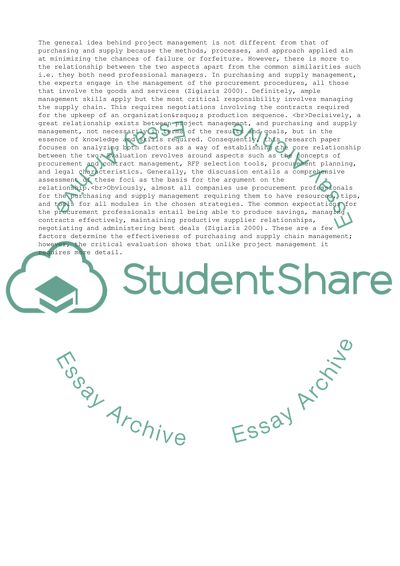Cite this document
(Project Management and How it Relates to Purchasing and Supply Coursework - 2, n.d.)
Project Management and How it Relates to Purchasing and Supply Coursework - 2. Retrieved from https://studentshare.org/management/1672426-project-management-and-how-it-relates-to-purchasing-and-supply-management
Project Management and How it Relates to Purchasing and Supply Coursework - 2. Retrieved from https://studentshare.org/management/1672426-project-management-and-how-it-relates-to-purchasing-and-supply-management
(Project Management and How It Relates to Purchasing and Supply Coursework - 2)
Project Management and How It Relates to Purchasing and Supply Coursework - 2. https://studentshare.org/management/1672426-project-management-and-how-it-relates-to-purchasing-and-supply-management.
Project Management and How It Relates to Purchasing and Supply Coursework - 2. https://studentshare.org/management/1672426-project-management-and-how-it-relates-to-purchasing-and-supply-management.
“Project Management and How It Relates to Purchasing and Supply Coursework - 2”, n.d. https://studentshare.org/management/1672426-project-management-and-how-it-relates-to-purchasing-and-supply-management.


